3D Printing in Aviation: Revolutionizing Parts Manufacturing and Supply Chain Management
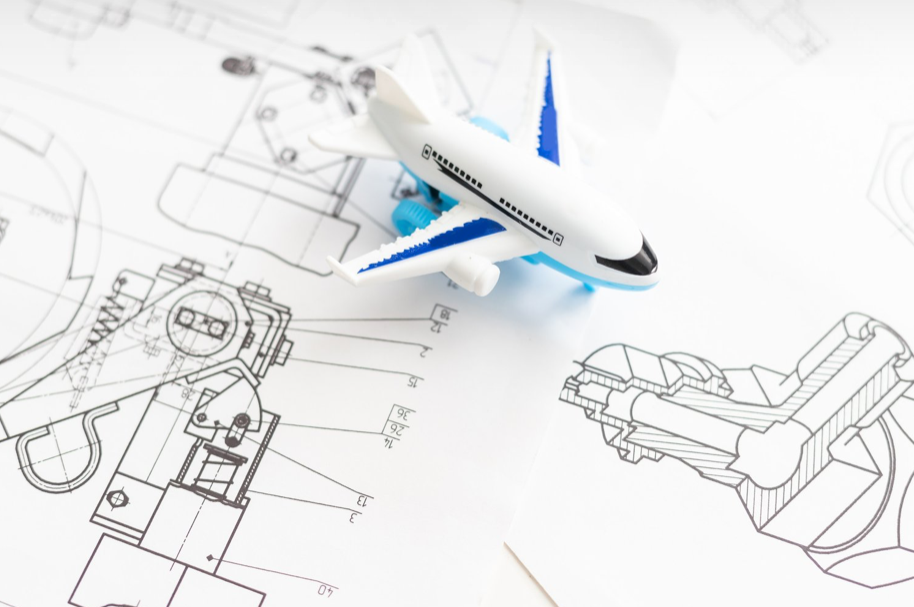
Advancements in 3D printing, also known as additive manufacturing, are reshaping the aviation industry. Once considered a niche technology, 3D printing is now a powerful tool enabling aerospace engineers and supply chain professionals to rethink how aircraft parts are manufactured and distributed.
This technology is addressing longstanding challenges in traditional supply chains, offering efficiency, precision, and innovation.
What exactly is 3D printing bringing to the table, and how is it enhancing aviation manufacturing and supply chain processes? Here's a closer look.
The Benefits of 3D Printing in Aviation
3D printing offers distinct advantages over traditional manufacturing, and these benefits are particularly valuable to the aviation industry.
1. Lightweight Components Without Compromising Durability
Aircraft performance depends heavily on weight, and 3D printing allows engineers to design complex, lightweight parts that don’t compromise structural integrity. Engine parts, brackets, and cabin components made with additive manufacturing can achieve weight reductions of up to 60%. These lighter parts lower fuel consumption, reducing both operational costs and environmental impact.
2. Rapid Prototyping and Shortened Lead Times
Using 3D printing, engineers can quickly create prototypes for testing and approval. What used to take months now takes weeks—or even days. This speed-to-market is crucial in aviation, where reducing downtime is directly linked to profitability.
Additionally, parts previously needing extensive tooling for production—like metal castings—can be printed directly, eliminating delays associated with tooling setup.
3. Decentralized Production to Simplify the Supply Chain
Traditionally, aviation parts undergo complex manufacturing and shipping processes. Centralized factories produce parts, which are then shipped globally. 3D printing drastically changes this.
With the ability to print parts on-demand at various locations (e.g., MRO hubs), the reliance on global shipping networks is reduced. This leads to faster repairs, lower costs, and minimized inventory storage requirements.
4. Sustainable Manufacturing
Aviation is under constant pressure to cut carbon emissions, and 3D printing plays a role here. Additive manufacturing generates less material waste than traditional processes like milling or casting, which typically discard excess material during production. Additionally, lightweight components contribute to lower fuel usage, aligning with sustainability goals.
Meet the Vendors
and digital solution providers.
Maintenance Connection
Lorem ipsum dolor sit amet, consectetur adipiscing elit. Suspendisse varius enim in eros elementum tristique. Duis cursus, mi quis viverra ornare, eros dolor interdum nulla, ut commodo diam libero vitae erat. Aenean faucibus nibh et justo cursus id rutrum lorem imperdiet. Nunc ut sem vitae risus tristique posuere.







Enavate Aircraft Maintenance software, powered by Microsoft Dynamics 365 Business Central ERP, serves as the backbone of aviation MRO and FBO operations, integrating ERP capabilities with advanced analytics and AI-driven insights.
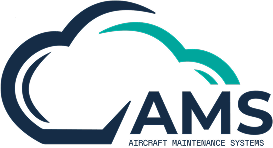
AMS is an ERP solution tailored for aviation maintenance, repair, and overhaul operations, focusing on streamlining processes and ensuring regulatory compliance.

NetSuite is a cloud-based ERP platform that provides a suite of applications, including financial management, CRM, and e-commerce solutions, to streamline business processes.

Microsoft Dynamics 365 is a suite of intelligent business applications that combine CRM and ERP capabilities to help businesses streamline operations and drive growth.


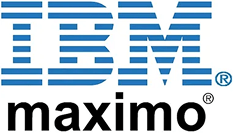

Epicor ERP is a comprehensive business management solution designed to streamline operations, automate complex processes, and enhance efficiency across various industries, including manufacturing and distribution.



ADT provides database solutions and ERP systems for various industries, including aviation (called Wings), focusing on data management, process automation, and operational efficiency.
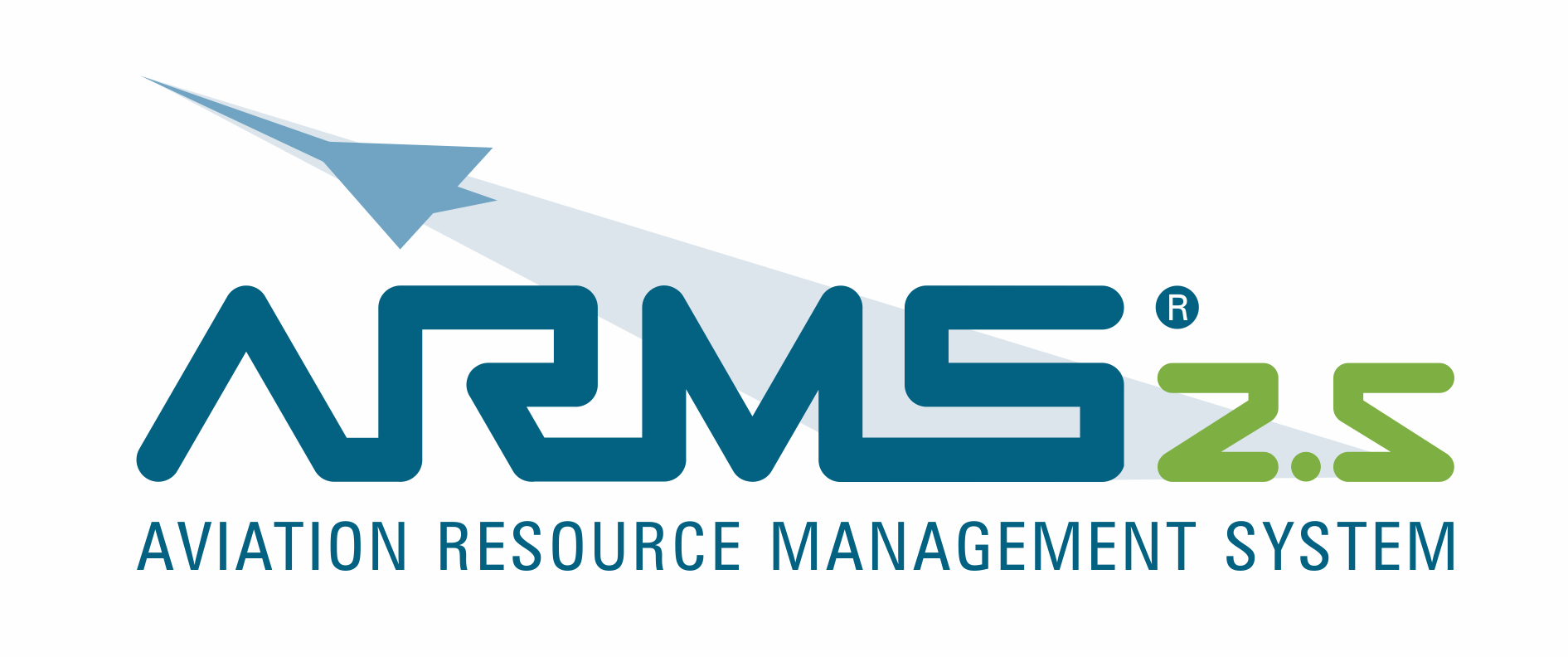
ARMS® V2 - EMSS is a module within the ARMS V2 suite, focusing on engineering and maintenance management for aviation operations, including maintenance planning, execution, and compliance tracking.


Infor CloudSuite Aviation is a comprehensive ERP solution designed specifically for the aviation industry, offering tools for maintenance management, supply chain optimization, and regulatory compliance.




Maintenance Connection offers a computerized maintenance management system (CMMS) that helps organizations manage work orders, preventive maintenance, asset management, and inventory tracking.

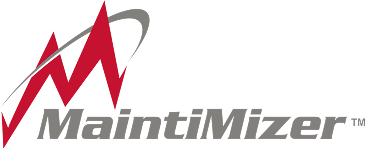



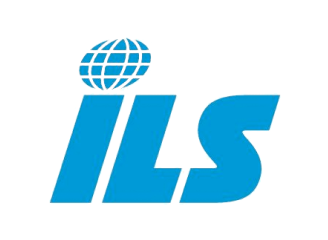
ILSmart is a global digital marketplace and intelligence platform that connects buyers and sellers of aerospace parts, components, and repair services. Serving the aviation aftermarket for over four decades, ILSmart enables companies to buy, sell, market, and analyze inventory in real time through a secure, data-rich ecosystem. The platform streamlines sourcing and procurement, optimizes inventory management, and supports maintenance and repair (MRO) operations across commercial, defense, and general aviation sectors.

.png)

PAS is a cloud-based ERP that is designed by aviation pros to meet the requirements of aftermarket repair shops (MROs) and parts traders. The software is advanced, easy to use and delivers all required functionalities in ONE solution.

Fulcrum360 is a cloud-based aircraft parts database app. What used to take countless customer calls, 11 or more websites, and hours and hours of research, is now just a click away. Our goal is to make every employee a parts expert. We keep it simple and adjustable. ...a better way to research.

SmartCert revolutionizes traceability and enables a data-driven approach to part provenance throughout the aerospace supply chain. By leveraging Microsoft and AI, SmartCert centralizes and automates the receipt, review, processing, and creation of essential documentation, from raw materials to the aerospace aftermarket.
.webp)


The aviation sector has long been plagued by deep-seated challenges in the parts supply chain, a sector of the industry which is critical to keeping aircraft in service, and safely so. Topping the growing list of challenges in this fragmented marketplace are the accuracy and authenticity of parts data, the manipulation of pricing, and the slow procurement of parts.

Quantum Control is an aviation-specific ERP software designed to manage various aspects of aviation operations, including inventory, maintenance, and logistics










Data Manager Aero is a specialized software platform designed for the aviation industry, allowing users to centrally manage and analyze all their aircraft asset data, including maintenance records, parts inventory, lease information, and financial details, within a single system.




Aviation InterTec Services offers RAAS, a web-based aircraft maintenance and inventory management system designed for fleet operators, MROs, and CAMOs, providing comprehensive functionality to streamline maintenance operations.
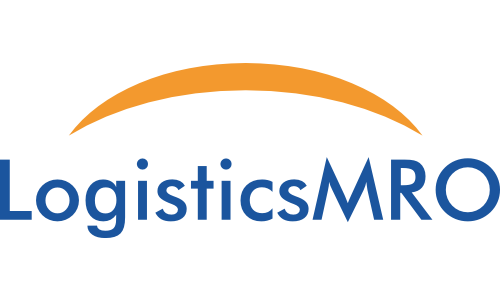

Evolve MRO and Maintenance Software provides solutions for managing maintenance operations, focusing on efficiency and compliance within the aviation industry.

ProMRO is an ERP solution designed for maintenance, repair, and overhaul companies, offering tools for job costing, inventory management, and customer relationship management.
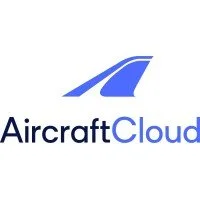




Frustrated with your CRM? We’re your strategic co-pilots in revenue operations. Since 2001, the Diaz & Cooper team has helped B2B companies in aviation, logistics, and travel scale smarter by aligning marketing, sales, and service around one shared goal: profitable growth.

AvPro is very user friendly and packed with robust functionality. We can customize any aspect of the software. It will run on any version of Windows and does not require SQL server to installed.
Current Applications of 3D Printing in Aviation
3D printing is increasingly being used by major manufacturers and airlines, supporting areas such as rapid part replacement and complex part manufacturing.
Aircraft Parts Manufacturing
Manufacturers like Airbus and Boeing have integrated 3D-printed parts into their aircraft. Airbus, for example, uses nearly 1,000 3D-printed components in its A350 XWB. These include internal cabin components, air duct fittings, and even exterior parts subjected to high mechanical stress.
MRO Operations
Maintenance, Repair, and Overhaul (MRO) services are benefiting significantly from 3D printing. When an aircraft needs a replacement part, waiting weeks for it to ship from a distant manufacturing facility is no longer necessary. MRO hubs equipped with 3D printing capabilities can produce parts on-demand, reducing Aircraft on Ground (AOG) time to mere hours or days.
Custom Tooling
Aviation companies are using 3D printing to manufacture custom tools and fixtures required for production and repairs. These tools can be printed when needed, eliminating storage costs and enabling rapid adjustments to manufacturing processes.
Challenges to Overcome
While 3D printing offers exciting opportunities, several challenges still need to be addressed for full-scale adoption in aviation.
Certification and Regulation: Stringent regulatory standards must be met for 3D-printed components to be deemed safe for flight. The certification process can be time-consuming and complex, especially as aviation authorities work to adapt their frameworks to additive manufacturing.
Material Limitations: The range of materials suitable for 3D printing is growing, but there are still limitations compared to traditional manufacturing. High-temperature-resistant materials, essential for some engine parts, require further development.
Cost of Implementation: While 3D printing can lower production costs in the long term, the initial investment in technology, equipment, and workforce training can be significant. Scaling production also poses cost challenges for smaller airlines and MRO providers.
The Future of 3D Printing in Aviation
The potential of 3D printing in aviation is vast. Industry-leading firms are exploring ways to expand its applications, from printing entire sections of an aircraft to further optimizing existing parts for better performance.
As technology advances, greater material options, faster printing speeds, and reduced costs are expected. Furthermore, integrating 3D printing into digital transformation strategies will enable smarter inventory management and predictive maintenance, further enhancing efficiency.
Bridging the Gap with Expert Support
Navigating the adoption of 3D printing and ensuring compliance with aviation standards can become complex. Trusted advisors, such as Aero NextGen, offer solutions to help companies integrate 3D printing into their operations effectively.
Through advanced ERP systems tailored to the aviation industry, Aero NextGen simplifies workflows, reduces costs, and matches businesses with solutions to address systemic challenges.
Transform Your Aviation Supply Chain with Innovation
The aviation industry is entering a new era where 3D printing is no longer a future possibility but a present reality. For aerospace engineers and supply chain professionals, understanding and leveraging this revolutionary technology can unlock unprecedented efficiency and innovation.
Take your aviation operations to the next level with Aero NextGen
Making It Work for Your Operation At Aero NextGen, we understand that implementing new technology isn't just about the tools - it's about making them work in your specific context. Our approach focuses on:
Take the Next Step Whether you're looking to optimize your current maintenance operations or explore new efficiency opportunities, Aero NextGen can help you identify and implement the right solutions for your business. Our network of trusted technology partners and deep industry expertise ensure you get results.
Ready to make your maintenance operations more efficient? Contact Aero NextGen to discuss how we can help you.

Aviation ERP, Find your Match
Run the survey to get a shortlist of the systems that match your operational needs – fast, simple, free.
Related Posts
We generate a tremendous amount of data. Aero NextGen matched us to the right solution providers that helped us standardize the data in such a way that we can now put it to use. Aero Nextgen's ability to quickly understand the business needs and translate them into tangible solutions was impressive.


Aero Next Gen quickly identified our challenges and matched us with the right ERP solution. Their expertise saved us time, and transformed our MRO operations.


My experience working with Aero NextGen is extremely positive. We setup a battery shop in the middle of Brexit in under 6 months with their help. Thoroughly professional. Attention to detail is second to none with innovative and creative ideas.
.png)

We have been struggling to performance manage our shopfloors for ages. Aero NextGen has connected us to solution providers that solved this for us within weeks. We are now capable of tracking capacity, productivity, utilization, and operational efficiency with instantaneously. The level of expertise has made the engagement seamless for our internal teams.






.webp)

.webp)



.webp)


